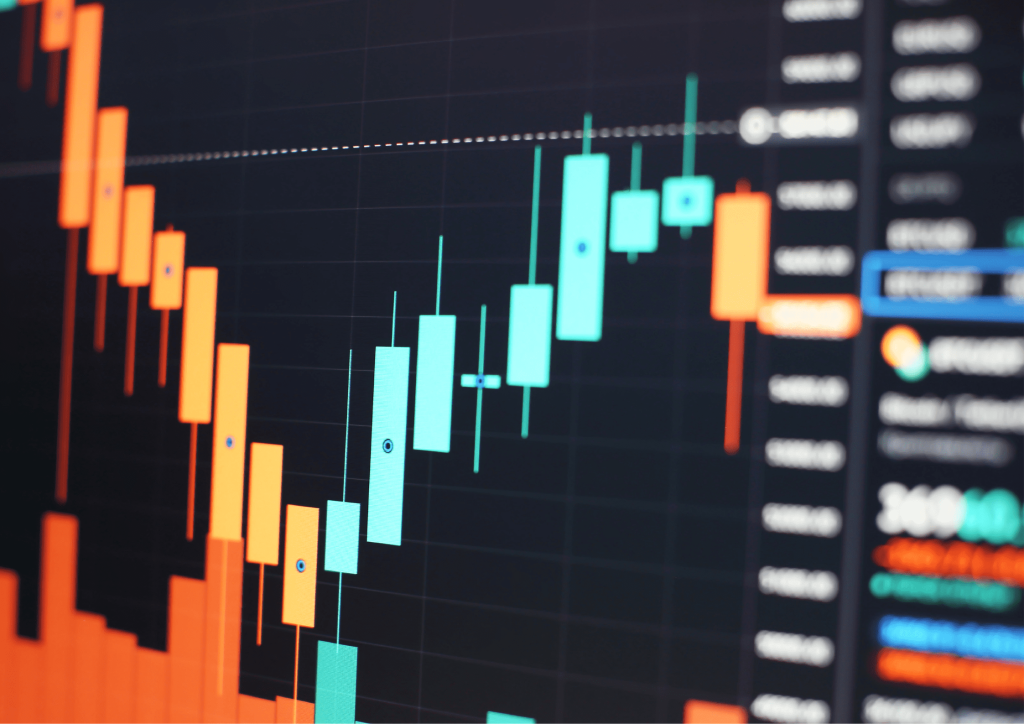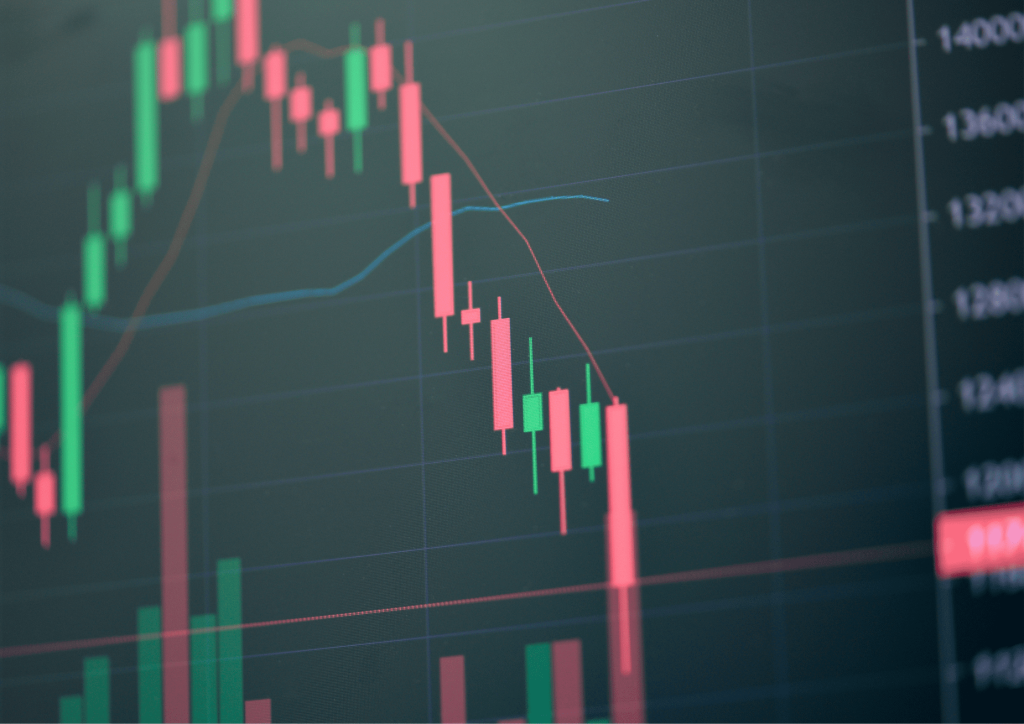Equity trading, often viewed as the engine of global financial markets, is the process through which companies raise capital and investors strive for profit. Serving as a dynamic platform for buying and selling equities in publicly traded companies, equity trading is a key component in the world's economic architecture.
This article will delve into the complex ecosystem of equity trading, dissecting its concepts, participants, types, strategies, regulations, and associated risks.
The Basics of Equity Trading

To grasp equity trading, one must first understand what equity is. Equity, in the context of finance, refers to the ownership interest in a corporation in the form of stock or shares. It represents a claim on the part of the corporation's assets and earnings.
The crux of equity trading lies in the exchange between buyers and sellers. Buyers seek to purchase equities with the anticipation that their value will appreciate over time, resulting in capital gains.
Conversely, sellers aim to offload equities, either to realize accumulated capital gains or to cut losses. This transaction can occur through exchanges like the New York Stock Exchange (NYSE) or the NASDAQ, or via over-the-counter (OTC) markets.
Liquidity, a cornerstone concept in equity trading, refers to the ability to quickly buy or sell a security without causing a significant price movement. Highly liquid markets allow for easy entry and exit, enhancing their appeal to investors.
Also Read: Equities vs Stocks
Major Participants in Equity Trading

Equity trading involves various participants, each playing a unique role. These include individual investors who buy and sell equities for personal accounts, and institutional investors such as mutual funds, pension funds, and hedge funds that trade on behalf of their clients, pooling together vast sums of money.
Broker-dealers represent another critical group, acting as intermediaries that buy and sell securities for their accounts or on behalf of their clients. Market makers, on the other hand, facilitate trading by quoting both buying and selling prices, providing liquidity to the market and aiding smoother transactions.
Different Types of Equity Trading

Equity trading incorporates various methods, each with its unique set of characteristics, benefits, and potential pitfalls. Understanding these different types can help individuals and institutions make informed choices about their investment strategies.
Cash Trading
Cash trading, also known as delivery trading, is the most conventional form of equity trading. In cash trading, investors purchase shares by paying the full price of the shares upfront.
Once purchased, these shares are then transferred to the investor's account, effectively establishing ownership. Cash trading is generally preferred by investors with a long-term investment outlook as it allows them to own the shares outright and benefit from potential capital appreciation and dividends.
Margin Trading
Margin trading is a method that allows investors to buy more shares than their capital would typically permit by borrowing money from their broker. The investor's existing holdings often serve as collateral for this loan.
While margin trading can amplify gains due to the increased purchasing power, it also introduces the potential for significant losses if the equity market moves unfavorably. As such, margin trading is generally suited to seasoned investors with a higher risk tolerance.
Online Trading
The advent of digital technology and internet connectivity has facilitated online trading's emergence, where investors can buy and sell equities through online platforms, often without a broker's intervention.
Online trading platforms offer a range of tools for market analysis, portfolio management, and real-time order execution, thereby democratizing access to equity markets. However, equity trader who trades online must be vigilant about online security threats and ensure they use secure and reliable trading platforms.
High-frequency Trading (HFT)
A form of algorithmic trading, HFT involves using powerful computers and complex algorithms to execute a large number of trades at incredibly high speeds—often within microseconds.
High-frequency traders aim to capitalize on minuscule price discrepancies that may arise due to equity market inefficiencies. Although HFT can generate substantial profits, it has attracted criticism for its potential to create market instability and exacerbate financial crises.
Key Elements in Equity Trading
A solid understanding of the key elements of equity trading can substantially enhance an investor's ability to navigate the financial markets effectively. These elements include price points, trade volumes, order types, and trading positions.
Bid Price, Ask Price, and Spread
The bid price represents the maximum price a buyer is willing to pay for an equity, while the ask price signifies the minimum price a seller is prepared to accept. The difference between the bid and ask prices is known as the spread. The spread can provide insights into an equity's liquidity—a smaller spread typically indicates higher liquidity.
Volume
Volume, another essential component, refers to the number of shares traded during a given period—whether a day, an hour or a minute. High trade volumes often indicate substantial investor interest and can signal important price movements. For instance, a high-volume price increase could indicate a bullish trend, while a high-volume price decrease might signal a bearish trend.
Market Order and Limit Order
These are two basic order types in equity trading. A market order instructs the broker to buy or sell an equity as quickly as possible at the best available current price. In contrast, a limit order sets a specific price at which the investor wishes to buy or sell. While market orders ensure execution, limit orders guarantee price but not execution.
Long and Short Positions
In equity trading, investors ‘go long' when they buy an equity, expecting its price to rise in the future. Conversely, ‘going short' involves selling a borrowed equity with the anticipation that its price will fall, allowing the investor to buy it back at a lower price, return the borrowed shares, and pocket the difference. Both strategies carry inherent risks and rewards that investors must consider when deciding their trading strategy.
Equity Trading Strategies

Understanding various equity trading strategies is crucial for both beginner and seasoned investors. Each strategy has its unique characteristics, benefits, and potential pitfalls, aligning with specific financial goals, risk tolerance levels, and investment horizons.
- Day Trading: Day trading is a strategy that involves buying and selling securities within a single trading day. The primary objective of day trading is to profit from small price fluctuations throughout the day. Due to the short holding period, day trading requires a solid understanding of technical analysis, robust risk management skills, and the ability to make quick decisions. It is typically suitable for full-time traders due to its demanding nature.
- Swing Trading: Swing trading is a mid-term technique that aims to profit from equity increases in a matter of days or weeks. Swing traders seek to profit from the “swing” in prices brought on by financial market turbulence. To find equities with short-term price momentum, they frequently turn to technical analysis. Even though it takes less time than day trading, swing trading still necessitates a thorough understanding of the market and strong analytical abilities.
- Position Trading: Position trading is a tactic where traders hold positions for weeks, months, or even years. It is frequently regarded as a sort of long-term swing trading. Profiting from a substantial change in a security's price is the goal. Position traders typically base their investment choices on fundamental analysis, supported by technical analysis. Position trading calls for persistence, in-depth knowledge of the security being traded, and resistance to short-term market swings as a longer-term strategy.
- Algorithmic Trading: In order to make quick choices and transactions in the financial markets, sophisticated trading strategies known as algorithms are used. A technique used to trade large volumes of securities in a few hundredths of a second is known as high-frequency trading (HFT), which is a subset of algorithmic trading. While algorithmic trading has the potential to increase market efficiency and reduce human error, it also comes with a number of complicated infrastructure requirements, high levels of knowledge, and systemic and algorithmic dangers.
Equity Trading Regulation
Regulatory organizations are crucial for preserving the fairness, transparency, and integrity of the equity markets. In the United States, agencies like the Securities and Exchange Commission (SEC) and the Financial Industry Regulatory Authority (FINRA) keep an eye on trading activities, respect the law, and protect investors from unethical corporate practices. Adherence to these criteria is essential to maintaining a healthy and trustworthy financial ecosystem.
Understanding Equity Trading Risks

Understanding these risks is essential to effectively manage them because trading equities are inherently dangerous. The following are some typical hazards connected with trading equities:
- Market Risk: Also referred to as systematic risk, is connected to variations in security prices brought on by macroeconomic factors including shifts in economic data, geopolitical developments, or broad market trends. All securities in a market are subject to market risk, which diversification cannot offset. However, it can be controlled through hedging techniques.
- Liquidity Risk: The failure to acquire or sell equities rapidly enough to avoid or limit a loss creates this risk. In a situation where there are more sellers than buyers (or vice versa), it may be difficult to dispose of or acquire security without affecting the market price. High liquidity levels generally correspond to lower liquidity risk.
- Credit Risk: Also known as counterparty risk, credit risk refers to the potential default of an institution involved in a transaction. For instance, in margin trading, there's a risk that the broker could default on the loan provided to the trader. Counterparty risk can be managed through due diligence and transacting with reputable and financially stable institutions.
- Operational Risk: Operational risk involves losses resulting from inadequate or failed internal processes, people, or systems, or from external events. These can include IT failures, process errors, fraud, or legal risks. While it's impossible to entirely eliminate operational risk, it can be managed and mitigated through robust internal controls, regular audits, compliance checks, and sound corporate governance.
Conclusion
Equity trading, while complex, is a fundamental component of the global financial landscape. It allows companies to raise capital for expansion and offers investors a platform to potentially grow wealth. Understanding its mechanics, strategies, regulations, and inherent risks is crucial for anyone looking to navigate this financial realm.
The world of equity trading continues to evolve with technological advancements, increasingly sophisticated financial products, and stringent regulatory oversight. Keeping abreast of these changes is key for anyone involved in this continually evolving and dynamic domain.
FAQs
I'm new to equity trading. How do I get started?
A solid foundational understanding is necessary before beginning equity trading. Start by being familiar with the terms, the various transaction kinds, the ordering process, and the significance of risk management.
Understanding the fundamentals of financial analysis is essential as well. Depending on your trading approach, this may include fundamental analysis, technical analysis, or both. You need open a brokerage account before beginning. There are numerous demo or virtual trading platforms available online, allowing you to experiment without risking real money. Always keep in mind that trading involves risk, so only invest money you can afford to lose.
How much money do I need to start trading equities?
Depending on your trading technique, the kind of brokerage account you select, and the cost of the equity you want to trade, the amount of money required to start trading equities might vary significantly. While some online brokerage accounts have no required minimum balance, others can need a sizeable initial commitment.
Be aware that trading with less money may restrict the kinds of trades you may make and perhaps raise your risk. It's crucial to strike a balance between your financial capacity and your investment ambitions.
How do I manage risk when trading equities?
When trading equities, there are numerous techniques to control risk. Spreading the risk by diversifying your portfolio across multiple industries and equity kinds. If the equity price moves against you, using stop-loss orders might help you minimize your possible losses.
Risk can also be managed by maintaining a disciplined attitude when deciding when to leave a transaction, both on the upside and the downside. It might also be advantageous to periodically assess your portfolio and modify your approach in response to alterations in the market or your financial circumstances. Keep in mind that while these tactics can aid in risk management, they cannot entirely remove it.

















